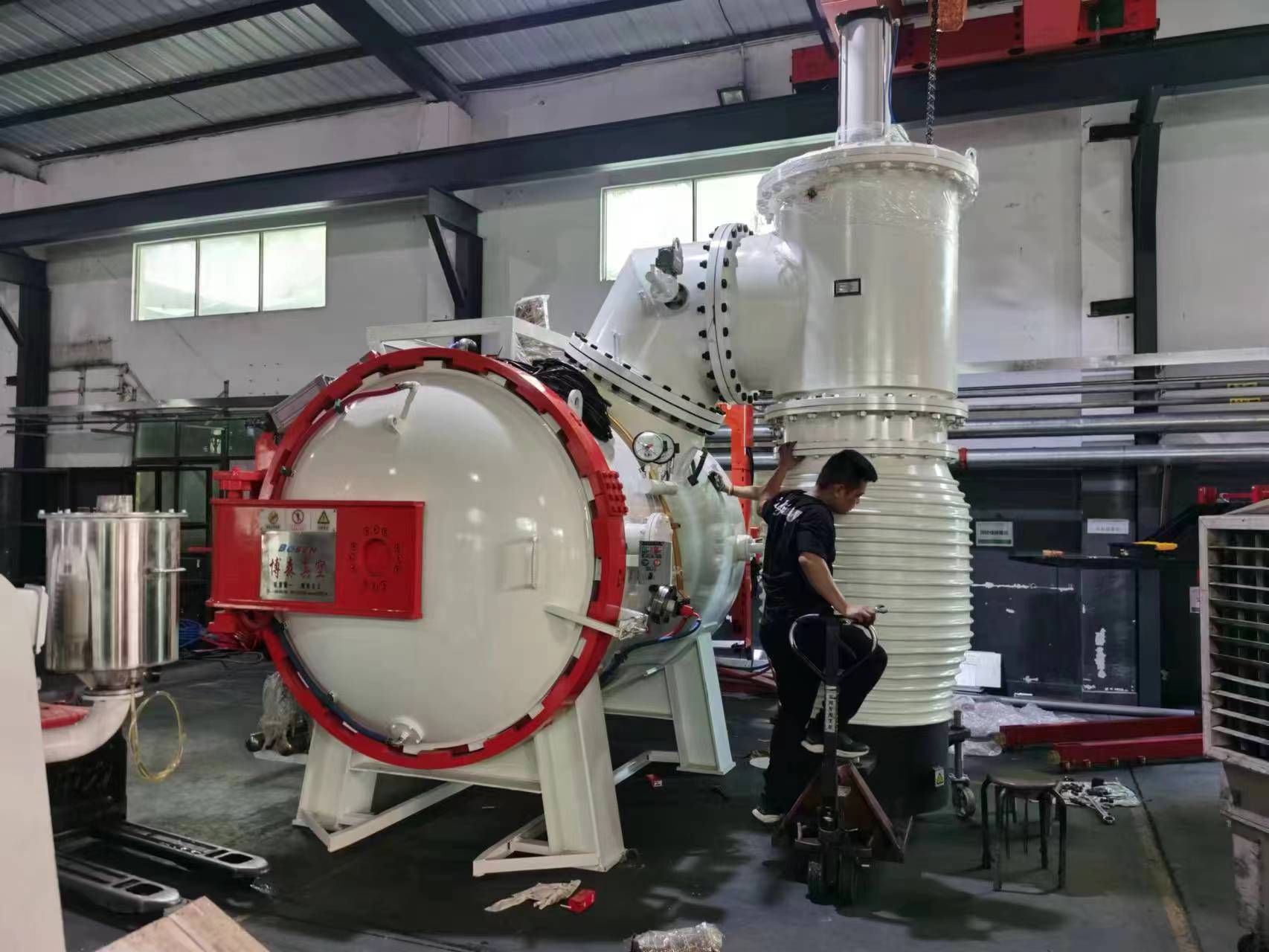Applications of Heat Treatment Furnaces and Vacuum Furnaces
Feb. 14, 2025
Heat treatment is a crucial process used to alter the physical and sometimes chemical properties of materials, particularly metals. Among the various types of heat treatment equipment, heat treatment furnaces and vacuum furnaces stand out for their versatility and efficiency in numerous industrial applications. In this blog post, we will explore the applications of these furnaces, their benefits, and how they can enhance product performance across various industries.

1. Introduction to Heat Treatment and Vacuum Furnaces
Heat treatment furnaces are designed to heat materials to specific temperatures and maintain those temperatures for a set period. This process improves the properties of metals such as hardness, strength, and wear resistance. Vacuum furnaces, a specialized category of heat treatment furnaces, operate in a controlled vacuum environment, which prevents oxidation and contamination during heat treatment.
2. Applications of Heat Treatment Furnaces
a. Aerospace Industry
In the aerospace industry, heat treatment furnaces are essential for processing high-performance alloys used in aircraft engines, landing gear, and other critical components. The precise control of temperature and atmosphere ensures that these components achieve optimal strength and durability.
b. Automotive Industry
Heat treatment is widely used in the automotive industry to improve the strength and fatigue resistance of engine parts, gears, and shafts. Both high-pressure gas quench and vacuum furnaces are used to treat these parts to ensure reliability and performance under high stress.
c. Tool Manufacturing
Manufacturers of cutting tools, dies, and molds rely on heat treatment to achieve the necessary hardness and wear resistance for their products. Heat treatment furnaces are used to temper or anneal tools, ensuring they can withstand the demands of high-precision machining.
3. Applications of Vacuum Furnaces
a. Semiconductor Industry
The semiconductor industry uses vacuum furnaces for processes such as doping, sintering, and annealing of silicon wafers. The controlled atmosphere inside the vacuum furnace prevents contamination and oxidation, which is crucial for maintaining the high quality of semiconductor components.
b. Powder Metallurgy
Vacuum furnaces are also used in the production of metal powders, including those for the automotive and aerospace industries. Sintering of metal powders in a vacuum ensures that parts retain their integrity, with minimal distortion and no contamination from the surrounding atmosphere.
c. Stainless Steel Processing
Vacuum furnaces are essential for processing stainless steel, particularly in applications where high surface quality is required. Whether for producing corrosion-resistant components or finishing stainless steel products, vacuum furnaces help achieve superior surface finishes without the risk of oxidation.
4. Advantages of Using Heat Treatment and Vacuum Furnaces
Precise Temperature Control: Both heat treatment and vacuum furnaces offer accurate control over temperature, ensuring uniform treatment of materials.
Prevention of Contamination: Vacuum furnaces create an inert environment that protects materials from oxidation, decarburization, and other forms of contamination.
Improved Material Properties: The use of controlled heat treatment processes improves the physical and mechanical properties of metals, enhancing their strength, toughness, and durability.
Efficiency and Cost Savings: Modern furnaces are designed for energy efficiency, helping businesses reduce operating costs while maintaining high production standards.
5. Conclusion
The applications of heat treatment furnaces and vacuum furnaces are vast and continue to expand as industries demand higher-performance materials. From aerospace to automotive, semiconductor to tool manufacturing, these furnaces are at the heart of the innovation process, helping manufacturers improve product quality and performance. Whether you are looking to optimize your production line or ensure your components meet stringent industry standards, investing in advanced heat treatment and vacuum furnace technology is a step toward achieving excellence.









